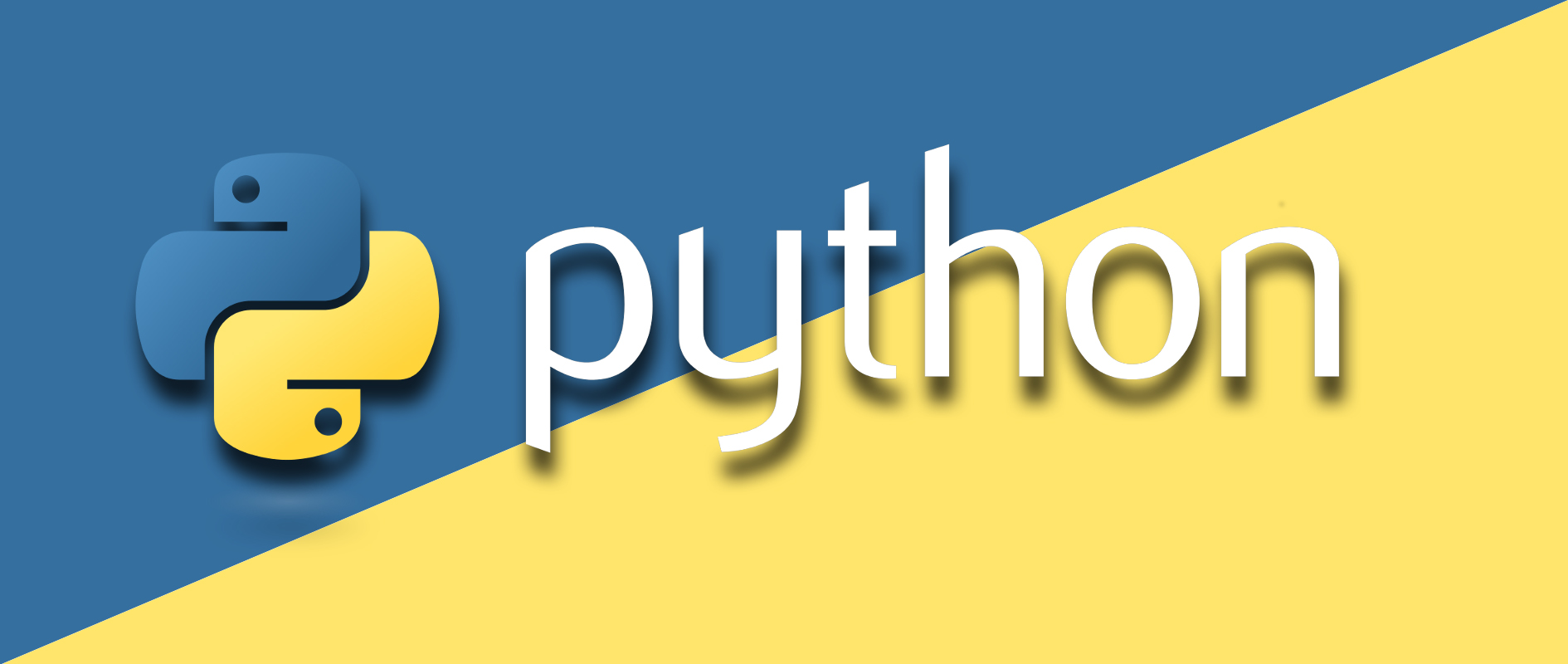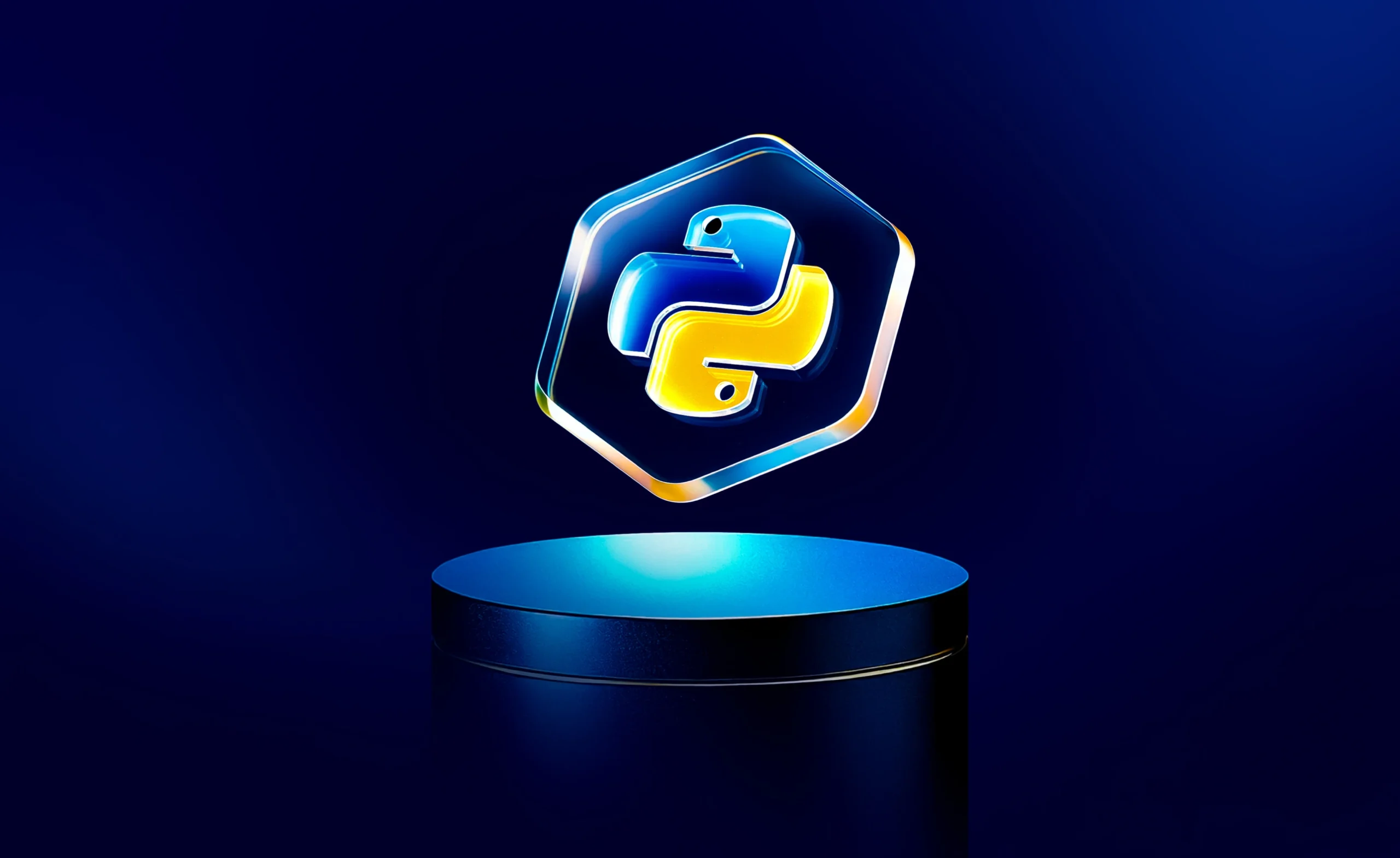Python is one of the most popular and versatile programming languages today. Known for its simplicity, readability, and extensive support for various applications, Python has become a go-to language for developers across different domains. Whether you’re a beginner just starting out or an experienced professional, Python offers tools and libraries that cater to a wide range of needs. In this article, we will explore Python’s features, applications, and why it remains a favorite among developers.
The Origins of Python
Python was created in the late 1980s by Guido van Rossum, and it was officially released in 1991. Van Rossum sought to create a language that was both powerful and easy to use. His goal was to provide a language that had a clean and readable syntax, which would be accessible to beginners while also powerful enough for professionals.
Unlike other programming languages like C and Java, which often have complex syntax and require extensive coding, Python focuses on simplicity and readability. Its use of indentation instead of braces or semicolons is one of the key features that set it apart, making it intuitive to learn and use.
Key Features of Python
Python is often described as a high-level language due to its simple syntax and readability. Some key features that make Python stand out include:
1. Easy to Learn and Use
Python’s syntax closely resembles plain English, making it beginner-friendly and easy to understand. With fewer lines of code needed to accomplish tasks, developers can focus on solving problems rather than worrying about complex syntax.
2. Interpreted Language
Python is an interpreted language, meaning that code is executed line-by-line rather than being compiled in advance. This makes debugging easier, as errors are caught immediately during execution.
3. Dynamic Typing
Python is dynamically typed, meaning you don’t need to declare the type of a variable when you create it. The interpreter automatically determines the type of the variable based on the value assigned. This flexibility allows developers to write cleaner and more concise code.
4. Extensive Standard Library
One of Python’s strongest selling points is its vast standard library, which provides a wide range of modules and packages for various tasks. Whether you’re working with regular expressions, file I/O, or web development, Python has libraries that make the process easier.
5. Cross-Platform Compatibility
Python can be run on various operating systems such as Windows, macOS, and Linux, and the code generally remains consistent across platforms. This cross-platform compatibility allows developers to write code that works on different systems without needing major changes.
6. Object-Oriented Programming (OOP)
Python supports object-oriented programming principles like classes and inheritance, enabling developers to create reusable, modular, and well-organized code. This feature is especially important for large and complex projects.
7. Community and Ecosystem
Python boasts a vibrant community of developers who contribute to its growing ecosystem. There are countless open-source libraries and frameworks available for Python, which allow developers to extend its functionality without reinventing the wheel.
Popular Python Libraries and Frameworks
Python has a rich ecosystem of libraries and frameworks that enable developers to build applications in a wide range of domains. Here are some of the most popular ones:
1. NumPy and Pandas (Data Science and Analytics)
For data manipulation and analysis, NumPy and Pandas are indispensable tools in Python. NumPy provides support for large, multi-dimensional arrays and matrices, while Pandas offers powerful data structures for handling and analyzing structured data. These libraries are widely used in data science, finance, and scientific computing.
2. Matplotlib and Seaborn (Data Visualization)
Matplotlib is a popular library for creating static, animated, and interactive plots in Python. Seaborn builds on Matplotlib, providing a higher-level interface for creating attractive and informative statistical graphics. These libraries are essential for data scientists and analysts who need to present insights visually.
3. Flask and Django (Web Development)
For web development, Python offers two major web frameworks: Flask and Django. Flask is a lightweight micro-framework that is highly flexible and easy to extend, while Django is a full-stack framework that includes everything you need to build a web application out of the box. Both frameworks are widely used in the industry for building robust web applications.
4. TensorFlow and PyTorch (Machine Learning and AI)
In the field of machine learning and artificial intelligence, TensorFlow and PyTorch are two of the most popular libraries. Both libraries provide powerful tools for building and training machine learning models, from simple linear regressions to complex neural networks.
5. BeautifulSoup and Scrapy (Web Scraping)
For web scraping, BeautifulSoup and Scrapy are two of the most popular Python libraries. BeautifulSoup is great for parsing HTML and XML documents, while Scrapy provides a complete framework for building web scrapers. These libraries make it easy to extract data from websites for analysis or research.
6. PyGame (Game Development)
Python also supports game development through libraries like PyGame, which provides modules for handling graphics, sound, and user input. PyGame is ideal for beginners looking to create simple games or for rapid prototyping of more complex game projects.
Applications of Python
Python’s versatility makes it applicable in a wide range of industries and fields. Some of the most common applications include:
1. Web Development
Python’s frameworks like Django and Flask make it a great choice for web development. Python is used to create websites, web applications, and even full-stack systems. Whether you’re building a content management system (CMS) or a complex e-commerce platform, Python can handle the backend and data processing.
2. Data Science and Machine Learning
Python has become the go-to language for data scientists and machine learning practitioners. Libraries like NumPy, Pandas, Matplotlib, and Scikit-learn provide tools for data analysis, visualization, and model building. Python’s simple syntax and extensive ecosystem make it an ideal choice for working with large datasets and machine learning models.
3. Automation and Scripting
Python is widely used for automating repetitive tasks and writing scripts. From simple file management to complex systems administration tasks, Python makes it easy to automate processes, saving time and reducing human error.
4. Scientific Computing
In fields such as physics, biology, and engineering, Python is used for scientific computing. Libraries like SciPy and SymPy enable high-performance numerical calculations and symbolic mathematics, while matplotlib provides visualization tools for representing scientific data.
5. Game Development
Although Python is not traditionally known for high-performance gaming, libraries like PyGame and Panda3D make it a popular choice for creating 2D games and prototypes. Its simplicity and ease of use also make it an excellent learning tool for aspiring game developers.
The Future of Python
Python has firmly established itself as one of the most widely used programming languages across industries. Its combination of simplicity, flexibility, and a thriving ecosystem of libraries and frameworks ensures that it will remain relevant for years to come. As new technologies like artificial intelligence, blockchain, and quantum computing continue to grow, Python’s adaptability makes it an ideal choice for developers in these emerging fields.
Additionally, Python is expected to continue evolving, with improvements in performance and new features being added in future versions. With Python 3.x now the standard, developers are encouraged to adopt the latest version to take advantage of ongoing improvements.
Conclusion
Python is a powerful, versatile, and user-friendly programming language that continues to evolve. Whether you’re a beginner looking to learn the basics of coding, or an expert in fields like data science, web development, or machine learning, Python provides the tools and libraries necessary to tackle a wide variety of projects. Its simplicity, combined with its powerful capabilities, makes it a language that both beginners and professionals can appreciate. As the world of technology continues to advance, Python will undoubtedly remain one of the most essential and widely-used programming languages.




